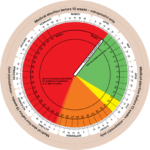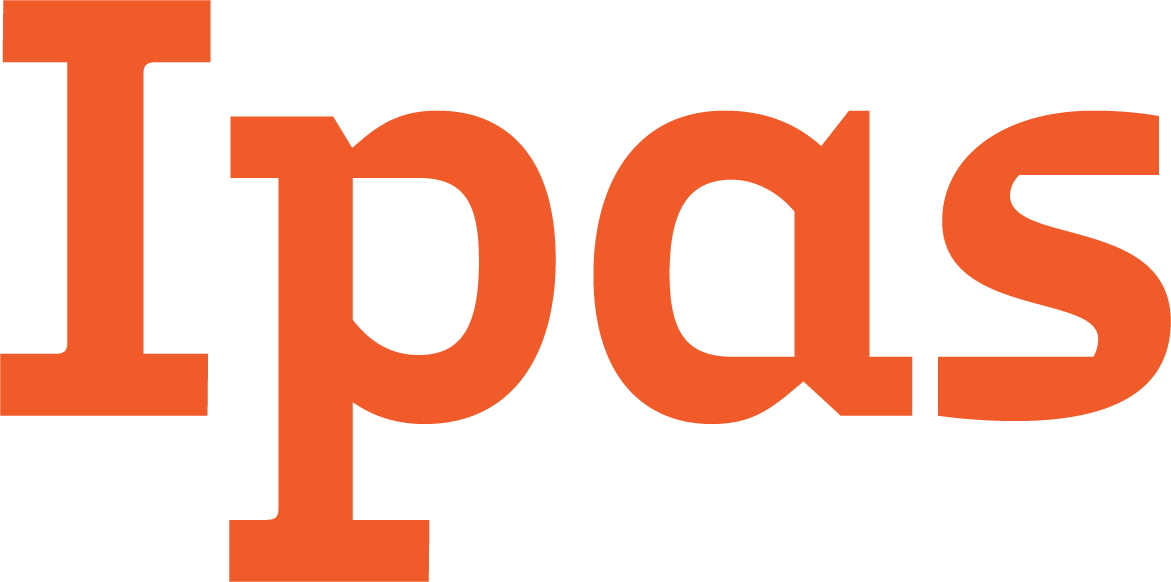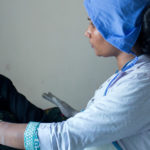
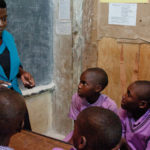
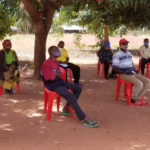
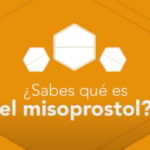
In 2018, Ipas Central America and Mexico (Ipas CAM) created an informational video in Spanish on how women can safely self-manage an abortion using misoprostol, a safe and effective drug readily available in most pharmacies in Mexico without a prescription. Staff started using the video to train Mexican pharmacy workers so they could advise and support women seeking abortion pills.
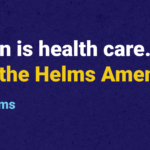
The Abortion is Health Care Everywhere Act, first introduced in the U.S. Congress on July 29, 2020 by Democratic Representative Jan Schakowsky of Illinois, would repeal the Helms Amendment—a racist policy that for nearly 50 years has denied access to abortion services to Black and brown women living in low- and middle-income countries.
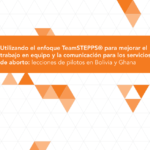
Este resumen técnico fue desarrollado para ayudar a los proveedores de servicios de primera línea y a otras partes interesadas a crear una cultura de seguridad al integrar TeamSTEPPS en la atención integral del aborto.
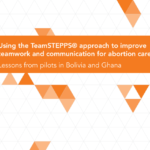
This technical brief was developed to help frontline service providers and other stakeholders create a safety culture when integrating TeamSTEPPS into comprehensive abortion care.
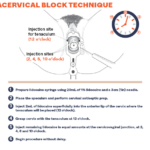
This job aid provides clinicians with step-by-step instructions for performing a paracervical block.
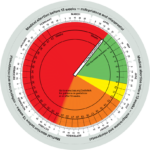
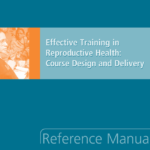
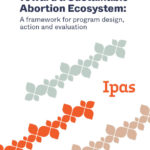
A continuing challenge in ensuring universal access to comprehensive sexual and reproductive health care is the inability of individuals to confidently and safely terminate an unwanted pregnancy. This framework for sustainable abortion care is Ipas’s response to that urgent need. Using a human-centered approach, it identifies steps for program design, action and evaluation—and recognizes that sustainable abortion care is dynamic and requires new thinking, new ways of collaborating and new approaches.
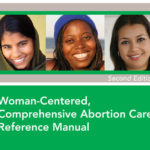
This manual provides guidance to health-care personnel on improving the quality of care available to women seeking uterine evacuation services.
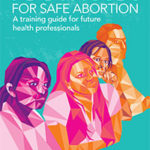
This guide is a resource for future health professionals who want to learn about and engage in abortion issues. Abortion is a critical but often neglected area of women’s rights, women’s health and health science education. The guide was developed for health sciences students—including students in medicine, nursing, midwifery, pharmacology, public health and other related fields—and can be adapted for other audiences too.
